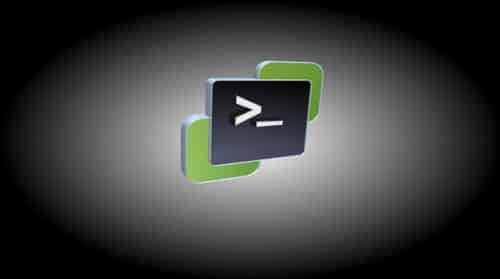VMware admins can use PowerCLI to automate many common tasks and operations in their data centers and perform them at scale. Windows PowerShell executes PowerCLI commands via cmdlets, which are abbreviated lines of code that perform singular, specific functions.
Automation can help admins keep a large, virtualized environment running smoothly. It helps with resource and workload provisioning. It also adds speed and consistency to most operations, since an automated task should behave the same way every time. And because automation can guide daily repetitions of testing, configuration and deployment without introducing the same errors that a tired admin might, it aids in the development of modern software as well.
PowerShell provides easy automation for Windows environments. VMware admins can also use the capabilities of PowerShell, however, with the help of VMware’s PowerCLI, which uses PowerShell as a framework to execute automated tasks on VMware environments.
PowerShell and PowerCLI
In a VMware environment, PowerCLI automation and management is provided at scale in a quicker way than using a GUI via the PowerShell framework. PowerCLI functions as a command-line interface (CLI) tool that “snaps into” PowerShell, which executes its commands through cmdlets. PowerCLI cmdlets can manage infrastructure components, such as High Availability, Distributed Resource Scheduler and vMotion, and can perform tasks such as gathering information, powering on and off VMs, and altering workloads and files.In a single line of code, admins can enact mass changes to an entire VMware environment.
PowerShell commands consist of a function, which defines an action to take, and a cmdlet, which defines an object on which to perform that action. Parameters provide additional detail and specificity to PowerShell commands. In a single line of code, admins can enact mass changes to an entire VMware environment.
Common PowerCLI cmdlets
You can automate vCenter and vSphere using a handful of simple cmdlets.
With just five cmdlets, you can execute most major vCenter tasks. To obtain information about a VM — such as a VM’s name, power state, guest OS and ESXi host — use the Get-VM cmdlet. To modify an existing vCenter VM, use Set-VM. An admin can use Start-VM to start a single VM or many VMs at once. To stop a VM use Stop-VM, which simply shuts down a VM immediately, or Stop-VMGuest, which performs a more graceful shutdown. You can use these cmdlets to perform any of these tasks at scale across an entire data center.
You can also automate vSphere with PowerCLI. One of the most useful cmdlets for vSphere management is Copy-VMGuestFile, which enables an admin to copy files and folders from a local machine to a vSphere VM. Admins can add a number of parameters to this cmdlet to fine-tune vSphere VM behavior. For example, there is -GuestCredential, which authenticates a VM, and -GuestToLocal, which reverses the flow of information.
Recent updates to PowerCLI and PowerShell
PowerCLI features over 500 separate commands, and the list is only growing. In June 2019, VMware released PowerCLI 11.3, which added 22 new cmdlets for HCX management and support for opaque networks, additional network adapter types and high-level promotion of instant clones.
PowerShell is more than simply PowerCLI, of course. In May 2019, Microsoft released the most recent version of PowerShell: PowerShell 7, which includes several new APIs in the .NET Core 3.0 runtime. At the PowerShell summit in September 2019, Microsoft announced several other developments to PowerShell programming.
PowerShell now works with AWS serverless computing, which enables you to manage a Windows deployment without managing a Windows Server machine. So, you can run PowerShell on an API and use it to run serverless events, such as placing an image in an AWS Simple Storage Service bucket and converting that image to multiple resolutions.
PowerShell also offers a service called Simple Hierarchy in PowerShell (SHiPS). An admin can use SHiPS to build a hierarchical file system provider from scratch and bypass the normal complexity of such a task. SHiPS reduces the amount of code it takes to write a provider module from thousands of lines to around 20.
If you enjoyed this blog, you might enjoy reading Security Automation, AI, and ML Are a Requisite for Keeping Up with the Advanced Threat Landscape

